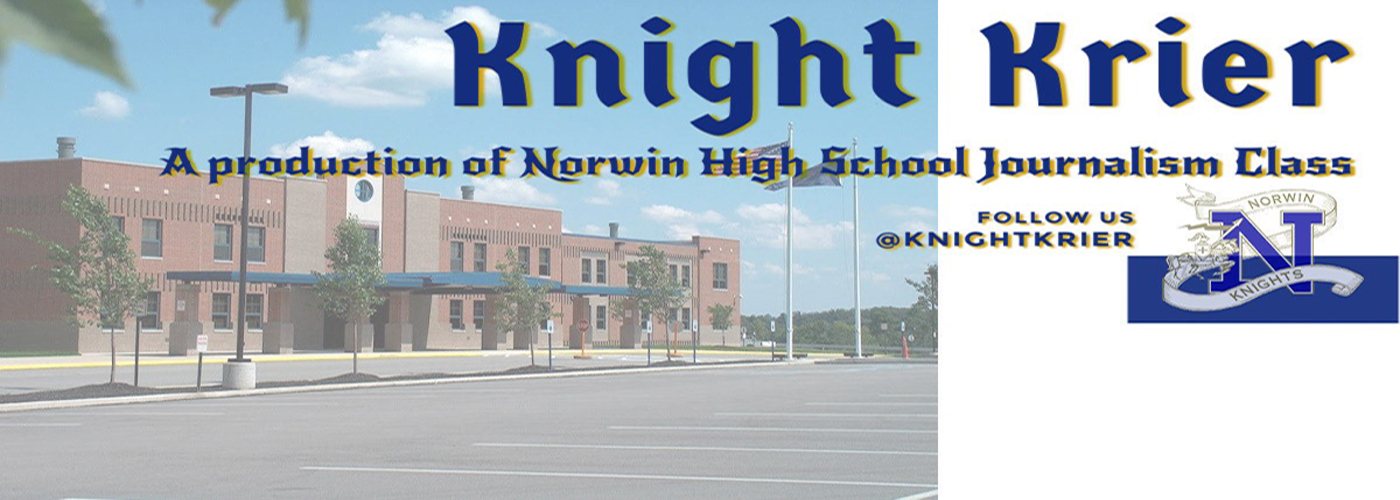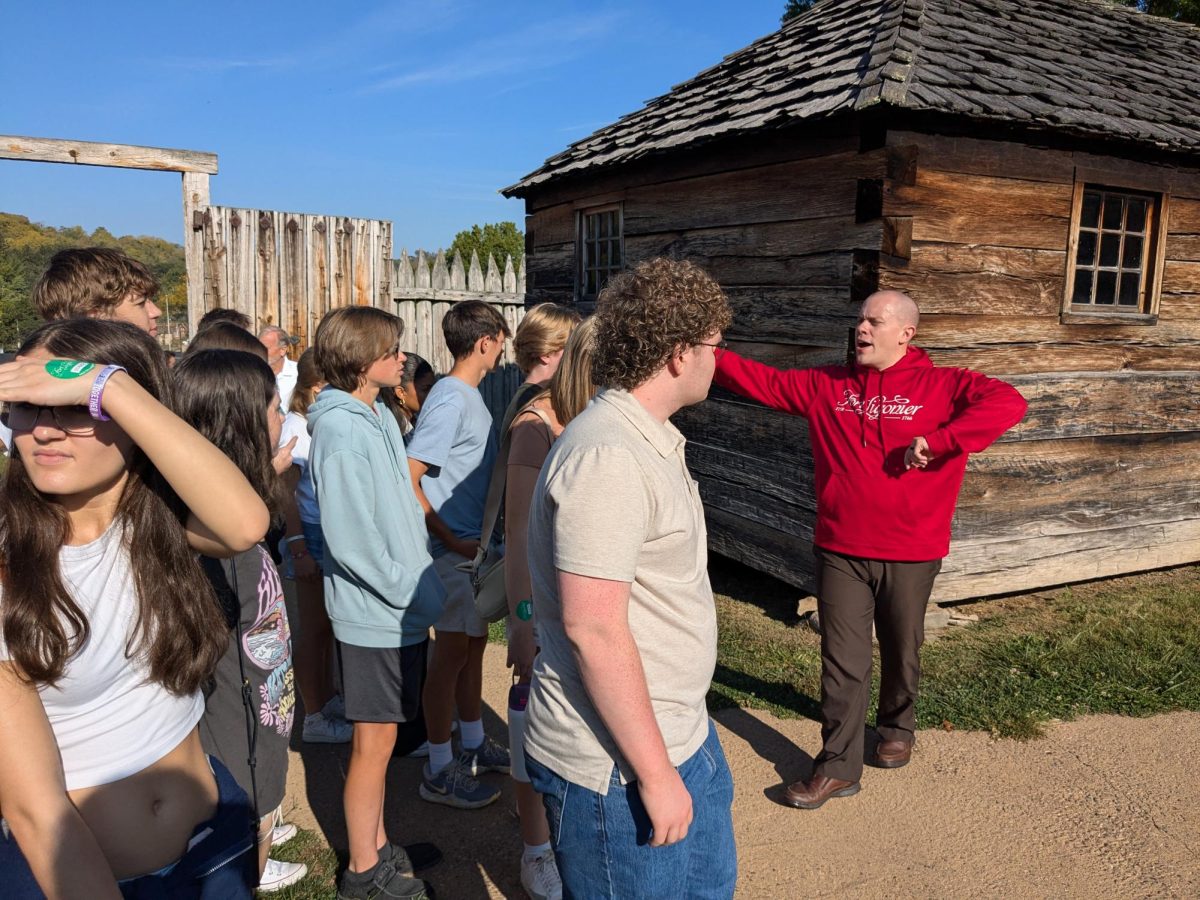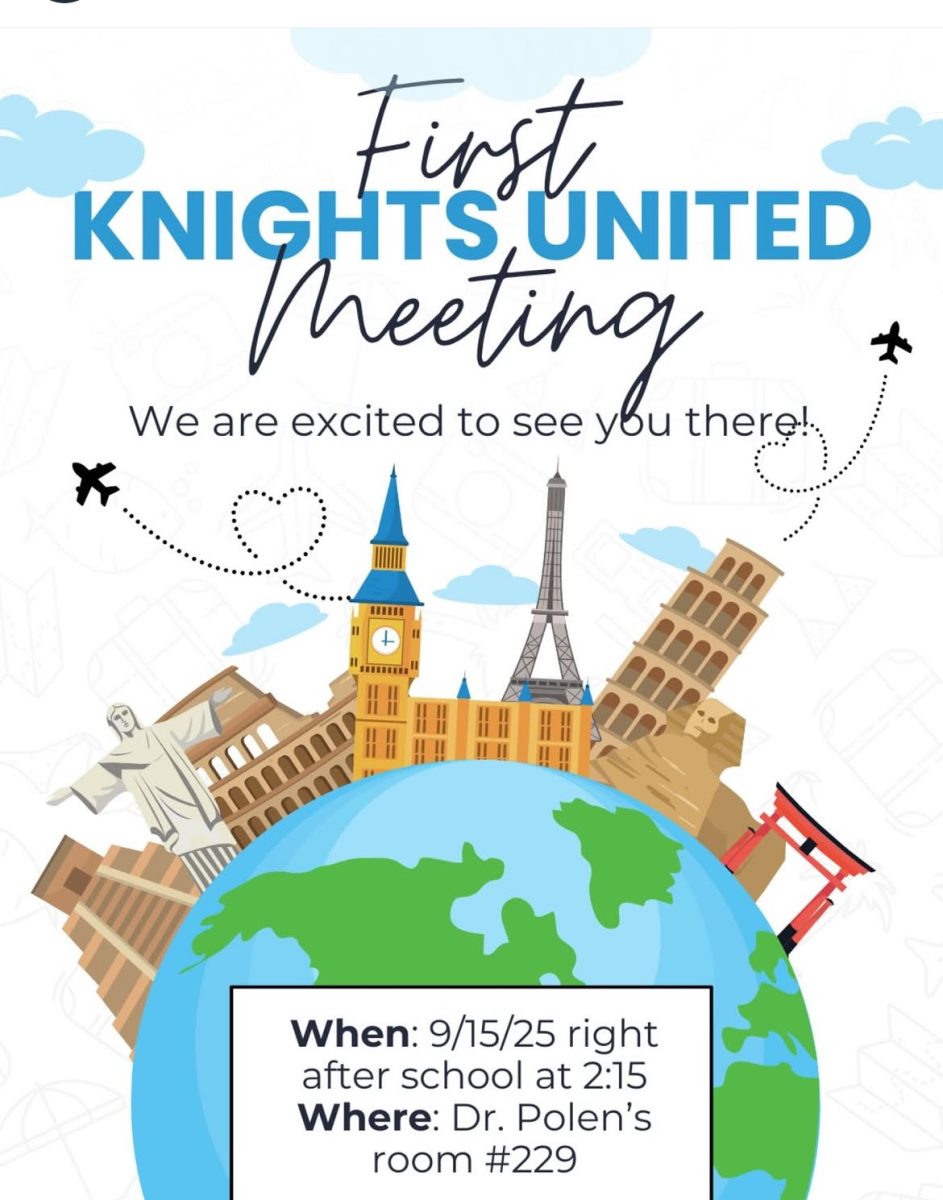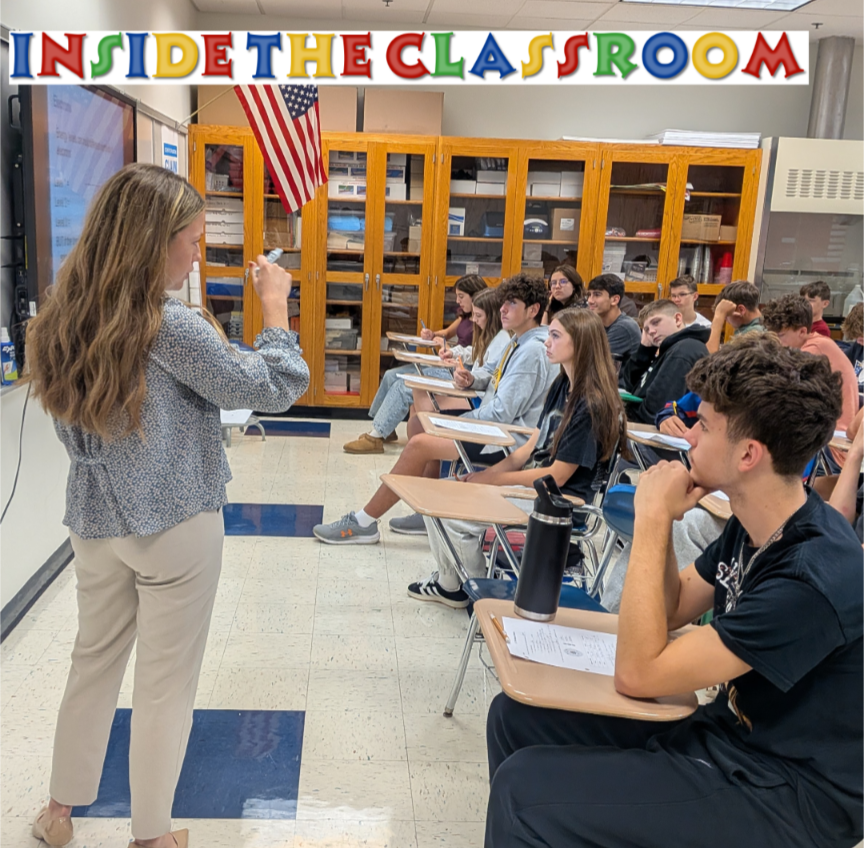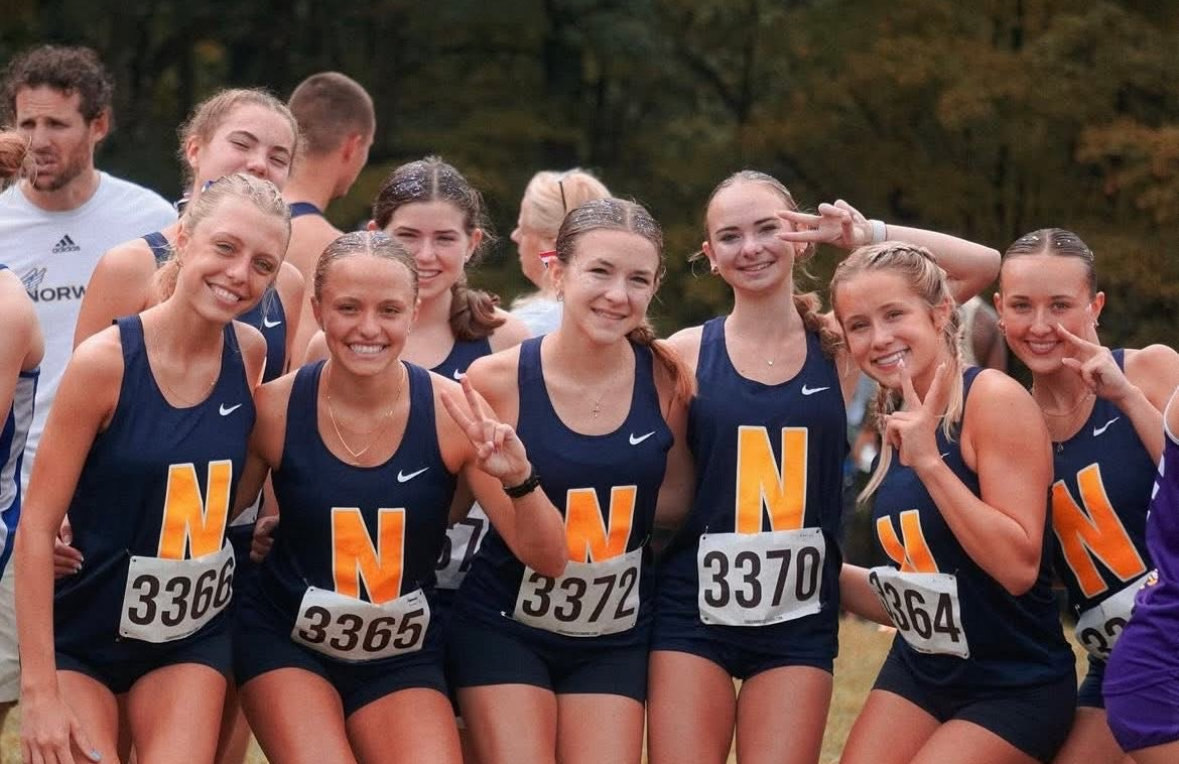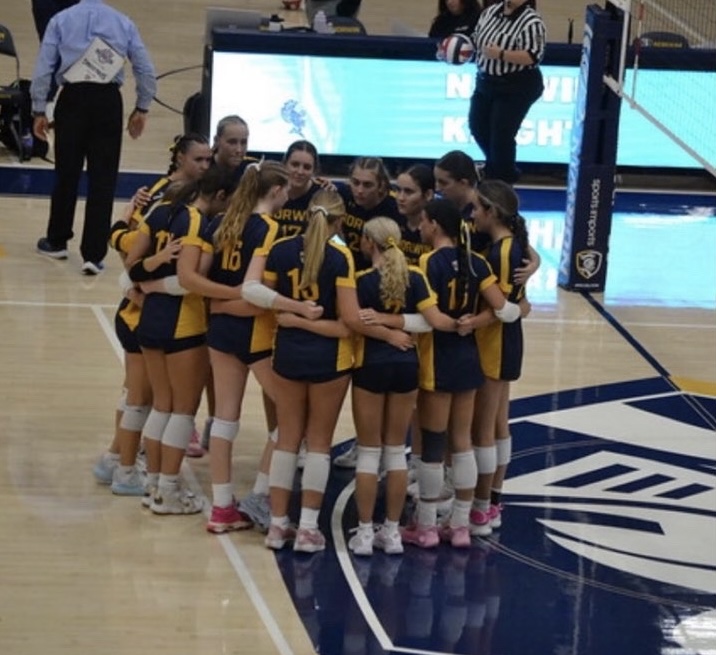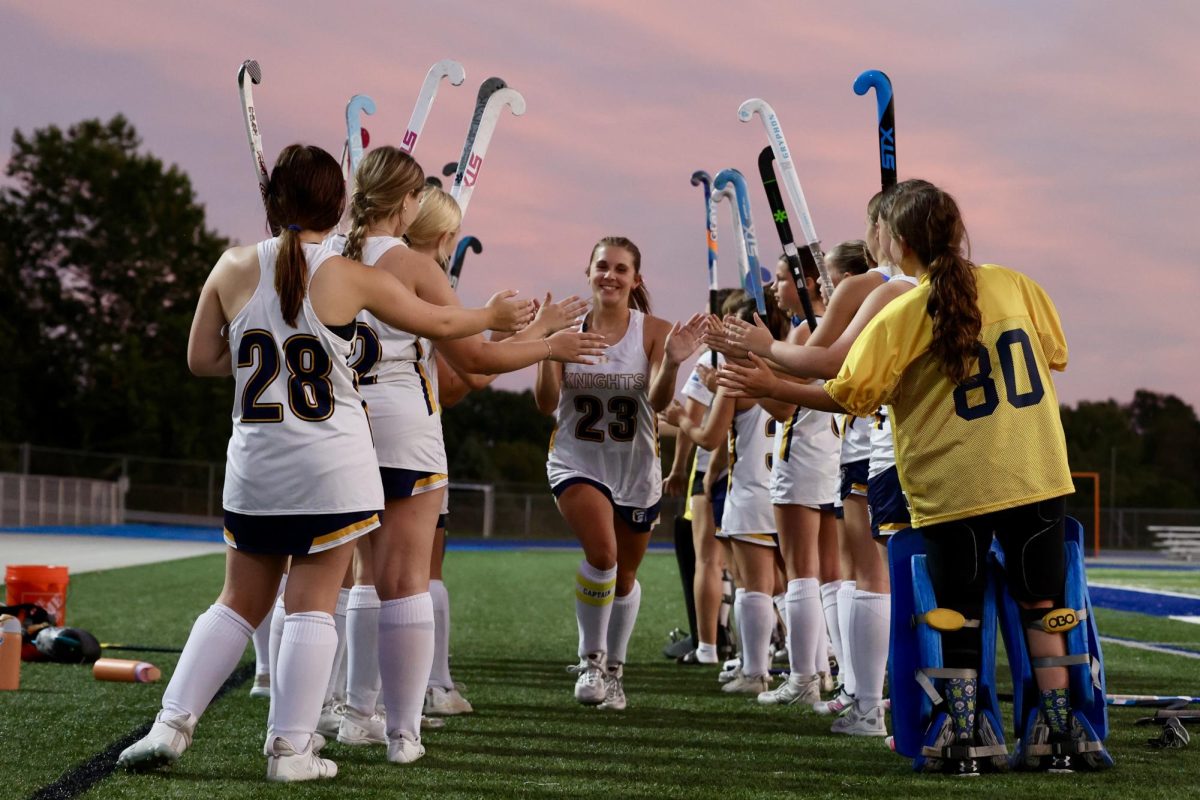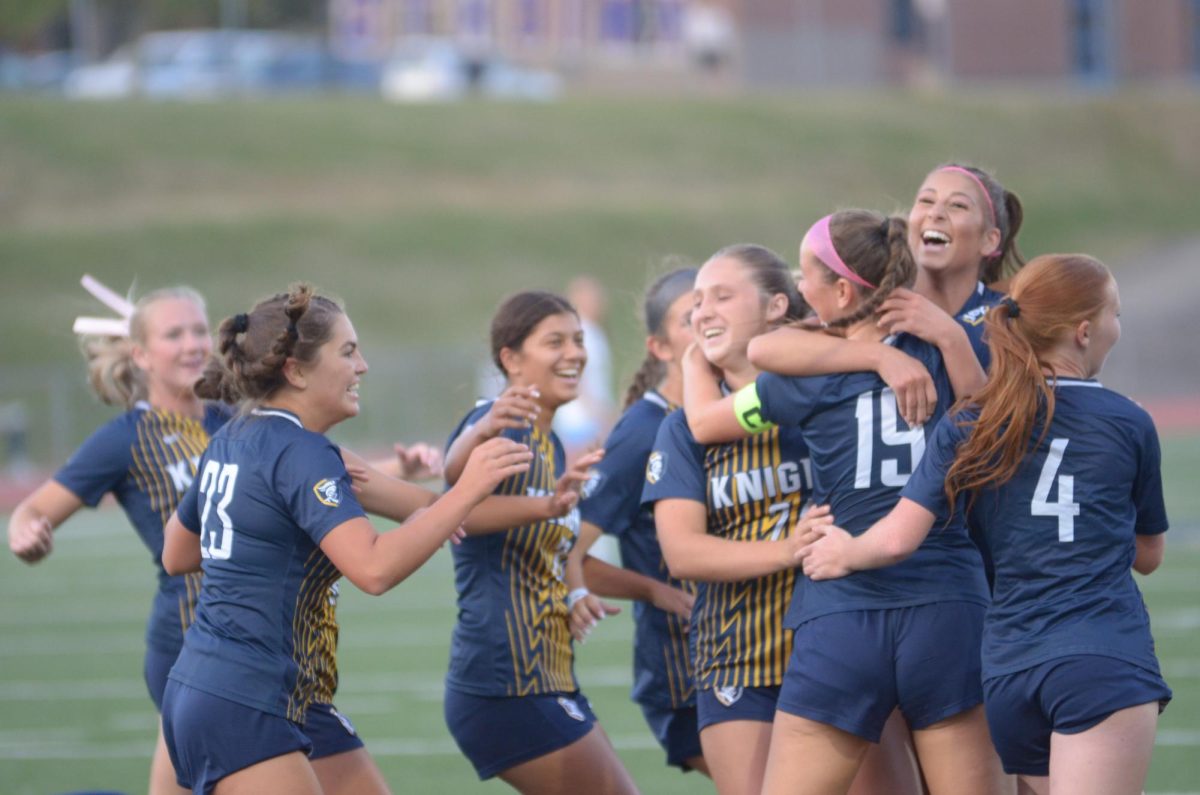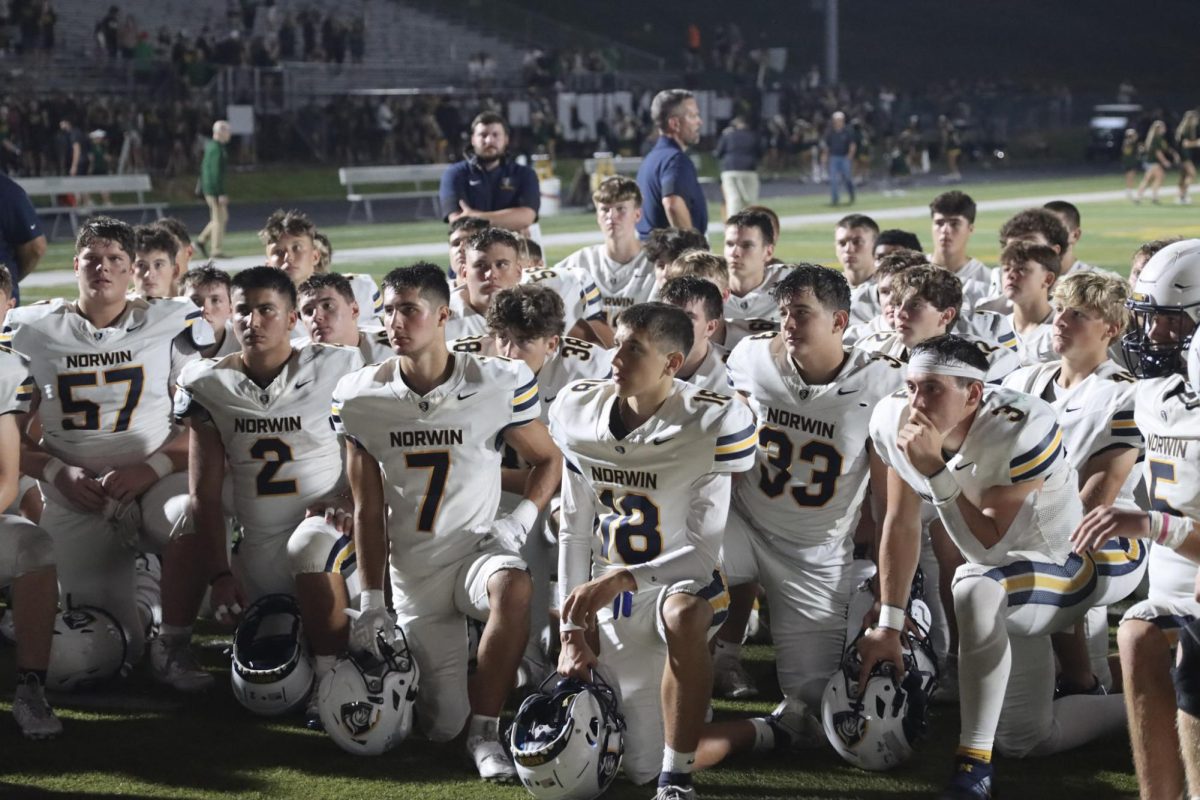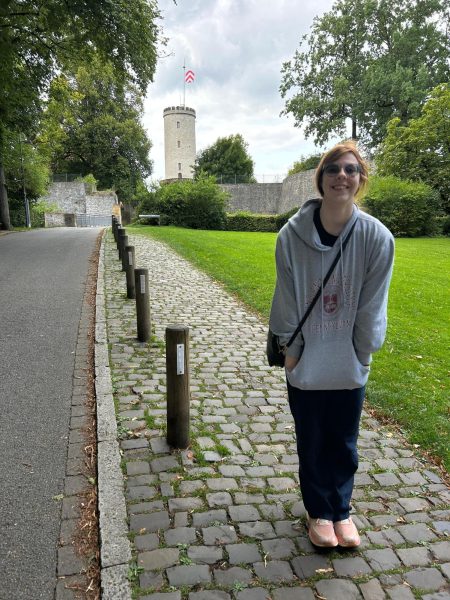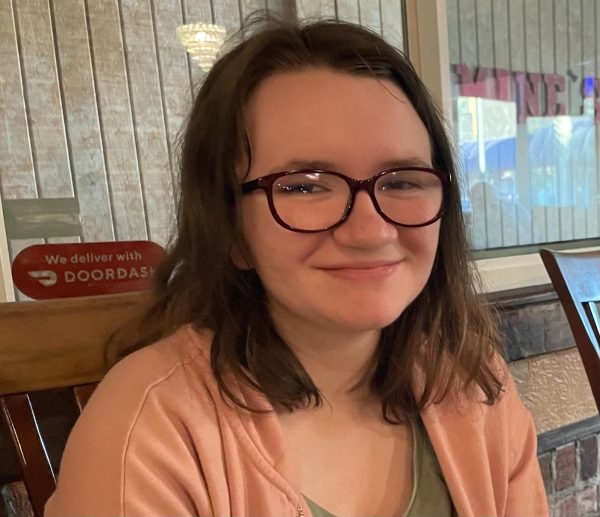On Friday Sept. 20, Mr. Bartels and Dr. Polen’s AP U.S. History students had the opportunity to participate in a field trip to Fort Ligonier. Students left the school at 8 am and returned to the school on time for 8th period. The excursion acted as a review for the material covered in the class as well as being a fun historical field trip.
Students saw the on-location museum along with touring the grounds of the fort. The students were separated into two groups: one group toured the grounds first; while the second group toured the museum. Each group had at least one chaperone and one tour guide.
The tour guides explained the specific history behind the fort and the use of the buildings located on the fort grounds. They narrated as the students viewed the museum exhibits, adding more context to the artifacts on display.
The location was chosen so that students could gather an insight into local history that connects with The French and Indian War. The beginning of the APUSH curriculum focuses on the colonial U.S., so a closer look at a site important to that time period could benefit students’ understanding of the topic.
“Fort Ligonier was chosen for several reasons,” Bartels said. “The primary reason is that the fort played a role in the struggle between France, England, and Native Americans for control over this area. Additionally, this topic is directly related to course content required in the AP US History curriculum.”
The Fort Ligonier Museum has multiple historical exhibits: the History Gallery, the George Washington Gallery, the Art Gallery, The World Ablaze exhibit, and the Arthur St. Clair Parlor. Each exhibit has its own relation to colonial history, specifically The French and Indian War.
The History Gallery focused on the specific history of the fort and the people who were there. Conversely, The World Ablaze exhibit had artifacts from around the world during the French and Indian War, demonstrating how the war was global. The Washington Gallery and the Arthur St. Clair Parlor focused on individual founding fathers, and the Art Gallery had paintings of people who were important to the war.
“Beyond specifics about the historical events that took place locally,” Bartels said. “I want them to see from the museum experience that the French and Indian War was really a global conflict.”
The students also toured the fort grounds, which contained a recreation of what the fort looked like. There are replicas of colonial-era equipment that would have been at the fort during its use. There are also reconstructions of the buildings that were present in the original fort’s construction.
Some of the recreated buildings would have acted as storage for food, ammunition, and other supplies. Other buildings sought to show what the living quarters and conditions would have been like at the fort. There was even an underground gunpowder cellar which the students could explore.
“I thought it was interesting that we could walk through it and have an accurate-ish representation of the different structures and it was like realistic,” Lanna Haines, a junior who went on the trip, said.
The trip provided an important hands-on learning experience for participating students. They got an up-close view of a historic location that is important to the local history surrounding a large-scale conflict in America’s colonial past.
“One author has written a book calling the French and Indian ‘The War that Made America,’” Bartels said. “I hope that the fort will allow students to consider this historical argument and determine whether it is true, and how Western Pennsylvania was essential to that formation.”

